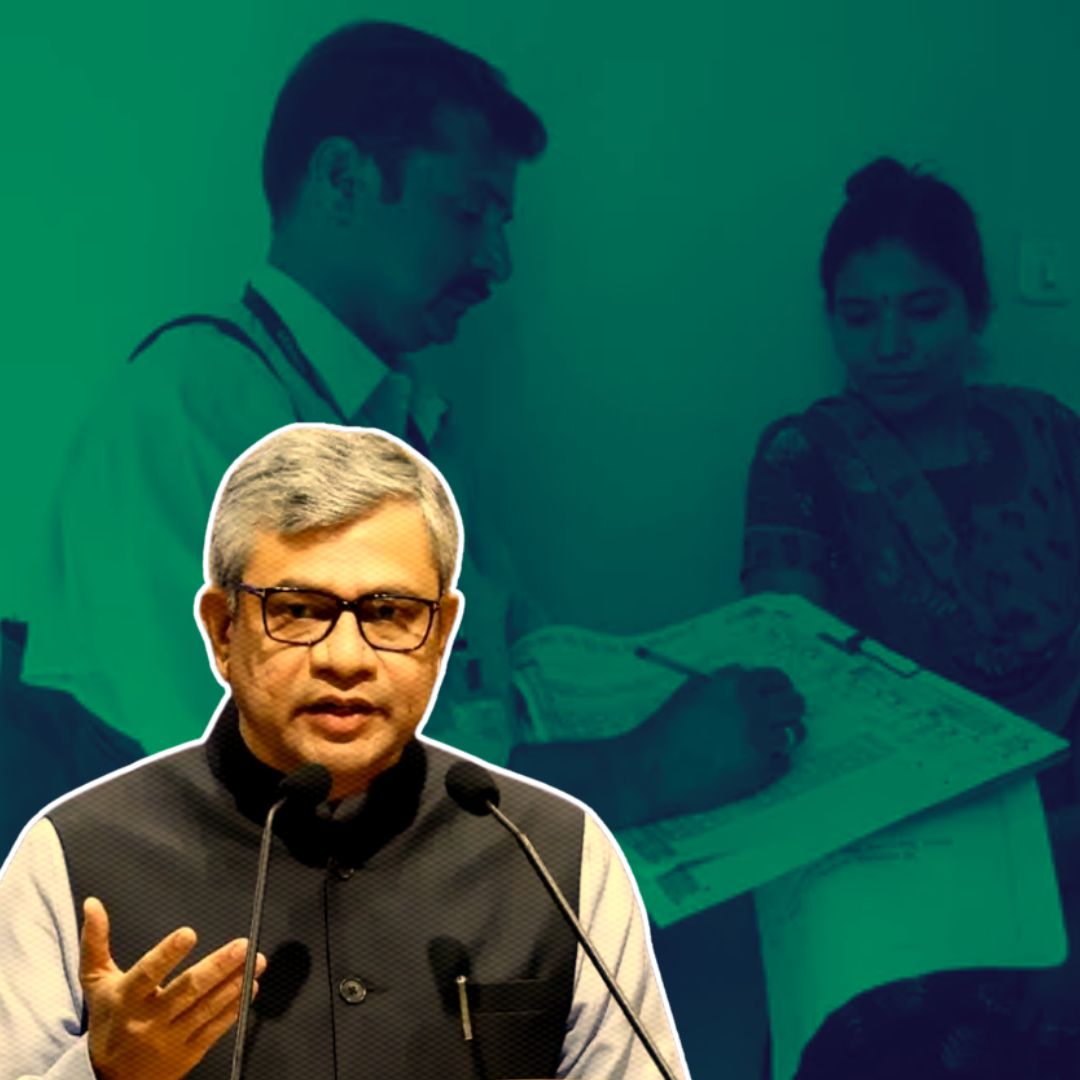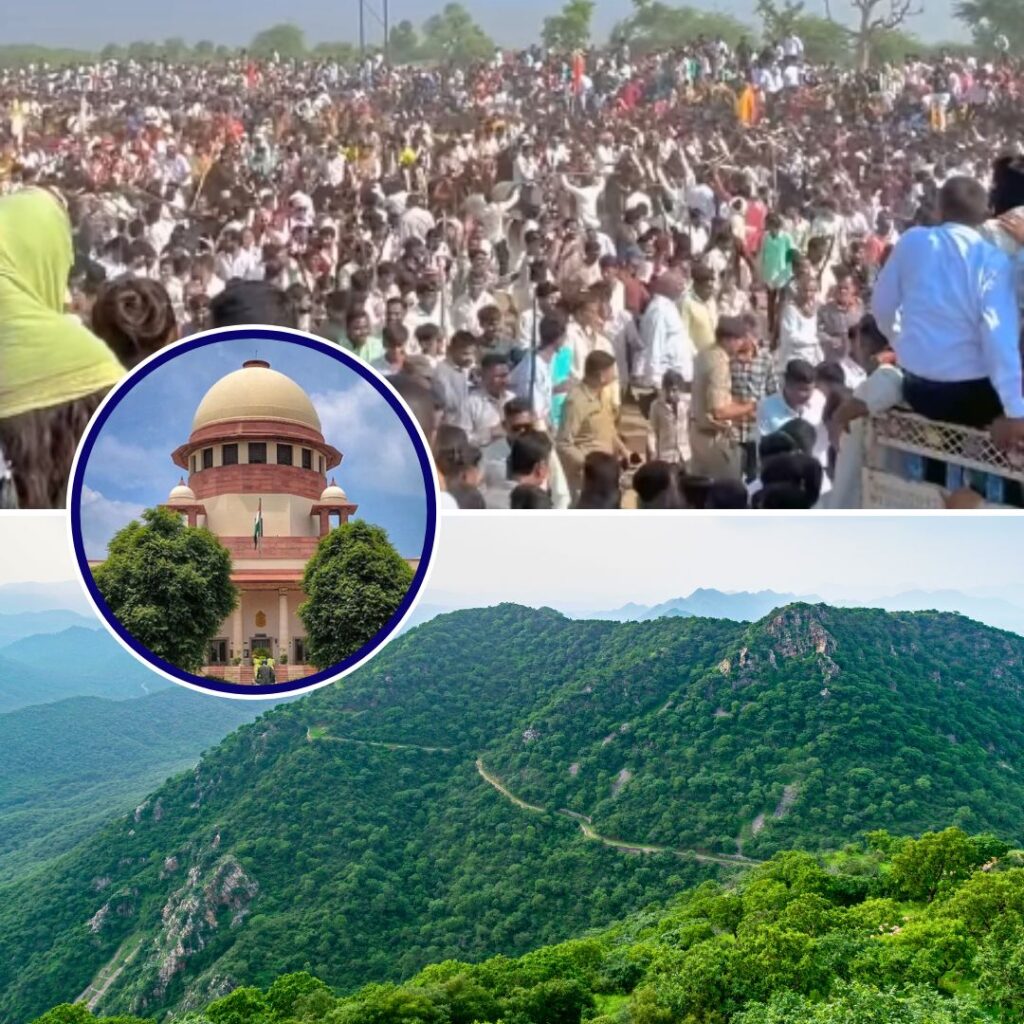The Indian government on 30 April 2025 formally approved the inclusion of caste enumeration in the upcoming national census, marking the first comprehensive caste-based data collection since 1931.
Union Minister Ashwini Vaishnaw announced the decision, emphasising the Centre’s constitutional authority to conduct a “transparent, scientific, and structured” exercise, while criticising state-led surveys as “politically motivated” and methodologically flawed.
Opposition parties, including the Congress, cautiously welcomed the move but questioned the timing, linking it to impending state elections. The census, delayed since 2021 due to the pandemic, is now slated for 2026, with preparatory work expected to begin later this year.
Transparency Over Surveys: Centre’s Rationale
The Cabinet Committee on Political Affairs (CCPA), chaired by Prime Minister Narendra Modi, approved the inclusion of caste enumeration under the OBC category in the decennial census, a move Vaishnaw said would replace “piecemeal and non-transparent” state surveys.
He invoked Entry 69 of the Union List, which grants the Centre exclusive jurisdiction over census operations, and accused opposition-ruled states like Bihar, Telangana, and Karnataka of conducting “politically expedient” surveys. “State surveys lack standardisation.
For instance, Bihar’s 2022 survey used vague criteria, leading to duplication and exclusion errors,” he said, referencing its findings that OBCs and EBCs constitute 63% of Bihar’s population. Vaishnaw also criticised the UPA government’s 2010 Socio-Economic Caste Survey (SECC), which he claimed was “hurriedly executed” and left 8.19 crore caste entries unclassified due to non-standardised terminology.
Political Crossfire and Historical Gaps
The announcement triggered a clash between the BJP and Opposition, with Congress leader Pawan Khera calling it a “belated but necessary step,” crediting Rahul Gandhi’s persistent advocacy for caste census as a tool for social justice.
However, Vaishnaw countered that Congress had “historically opposed caste enumeration,” citing former PM Manmohan Singh’s 2010 parliamentary statement that caste data collection “requires careful consideration.” Udit Raj, a Congress ally, termed the decision a “victory for marginalised communities” but demanded clarity on whether the census would use open-ended categories or pre-defined lists, a point of contention in past surveys.
Historically, caste data was discontinued post-1951 to promote national unity, leaving policymakers reliant on outdated estimates like the Mandal Commission’s 1980 report (pegging OBCs at 52%) and NFHS-5 data (showing 45% of SC/ST households lack access to sanitation).
Methodological Challenges and Regional Nuances
Experts warn that the exercise faces significant hurdles, including fluid caste identities (e.g., communities seeking OBC status in one state but not another), inter-caste marriages, and sanskritisation (lower castes adopting upper-caste practices to gain social mobility).
The 2011 SECC, for instance, struggled with over 46 lakh caste names, many misspelt or regionally specific. Vaishnaw assured the census would use AI-driven standardisation and collaborate with anthropologists to address these gaps. Meanwhile, states like Odisha and Maharashtra have already begun preparatory surveys, raising concerns about duplication.
The Logical Indian’s Perspective
This decision represents a historic opportunity to address caste-based inequities in education, employment, and welfare schemes. However, the government must prioritise methodological rigour over political timelines, ensuring marginalised voices are accurately represented.
While political parties vie for credit, the focus should remain on transforming data into actionable policies-such as OBC sub-categorisation or SC/ST fund allocation-that bridge systemic gaps. As India navigates this complex exercise, how can we ensure the census transcends electoral calculus and becomes a tool for social empowerment?












